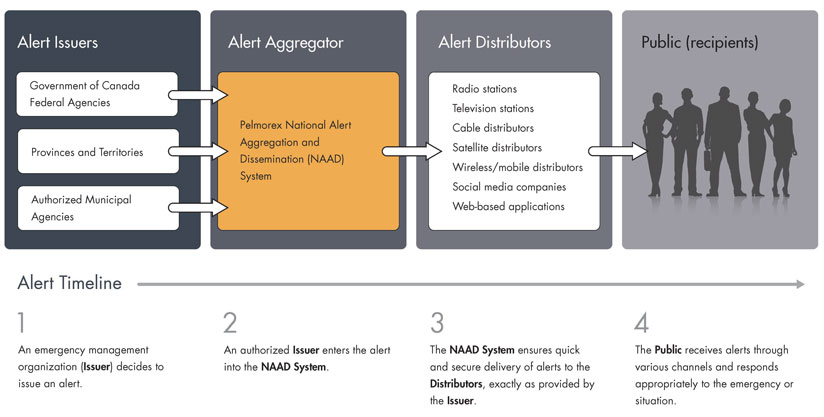EARTHQUAKES IN CANADA
Earthquakes happen all over the world. Depending on where you live, how close of proximity you are to the faults will determine how strong the quake will shake. Canada has about 4,000 earthquakes each year. Although most are relatively small. At least nine earthquakes with a magnitude greater than 7 have occurred in the last 100 years. Although there are several fault lines, the three major ones are the Intermountain Seismic Belt, the Queen Charlotte Fault, and the New Madrid seismic zone. The Queen Charlotte Fault being the most famous earthquake zone located in British Columbia in the middle of the Queen Charlotte Fault, and the USA's San Andreas Fault is where the Cascadia Subduction Zone is. The reason for its fame and importance is because in that zone the Juan De Fuca Plate is creeping underneath the North American Plate, and that fault line is stuck. And because of the pressure that is slowly building, the reality is that it will, in due course, pop which will cause "the big one" (a very large earthquake) in British Columbia and California.
Canada's seismic hazard map below shows where the relative hazards are and which parts of Canada have higher risks of feeling the shakes and causing more damage.
huihTYTThey SoSources
The country has implemented various mitigation plans. The picture above is the seismic hazard model "Canada's 6 Generation," was developed for the 2020 National Building Code of Canada (NBCC2020) to generate seismic design values. It's a guide to help guide them where to design and construct buildings that are the most earthquake-proof they can possibly create. It's a version from the Generation 5 seismic source model, which now includes the Leech River Valley Devil's Mountain faults close by Victoria, updates for the deep in-slab earthquakes under the Straits of Georgia, and also increased to match an enhanced paleoseismic record for the rate of Cascadia megathrusts earthquakes. The Pacific, the Arctic, and the Atlanta are where the earthquakes usually occur next to these three coasts. For that reason, the regions most at risk are British Columbia's coast, St. Lawrence River, Ottawa River Valley, and certain parts of the three northern territories.
Just announced this year, on January 26, 2023, British Columbia is installing sensors connected to the Earthquake Early Warning (EEW). Up to 50 sensors will be installed and operational by 2024. This is an expansion of the already installed sensors of several hundred by Natural Resources Canada. Once completed, 10 million people living in the most earthquake-prone regions in Canada will get an alert giving them valuable seconds to take action: generally to drop, cover, and hold on.
"Alerts from the EEW system could also be used by infrastructure safety systems to take action automatically, such as:
● Triggering trains to slow down
● Stopping traffic from driving onto bridges or into tunnels
● Diverting incoming air traffic
● Allowing surgeons to stop surgery
● Closing gas valves
● Opening fire hall and ambulance bay doors"
● Triggering trains to slow down
● Stopping traffic from driving onto bridges or into tunnels
● Diverting incoming air traffic
● Allowing surgeons to stop surgery
● Closing gas valves
● Opening fire hall and ambulance bay doors"
There is an emergency alert system tool called Alert Ready that delivers important alerts through radio, television, LTE-connected, and compatible wireless devices, which can be potentially life-saving. Canada's National Public Alerting System (NPAS), shown below, has the power to rapidly warn the public of fast-approaching or unfolding hazards to life to emergency management organizations across the country.
Sources:




Hi Cecilia, it's good to know that Canada has some high quality alert systems in place and good measures to be prepared for earthquake emergencies. Just like my country, it seems that Canada is doing their part to also maintain a great infrastructure system for these emergencies.
ReplyDeleteHey Cecilia, I really liked your blog this week on Canada and its Earthquakes. I also really enjoyed how you showed Canadas response plan to an Earthquake I found that really cool. All in all I thought your blog was really cool this week Cecilia.
ReplyDeleteHello Cecilia,
ReplyDeleteYour blog post for this was indeed informative! Despite Canada having 4,000 earthquakes per year, it's curious how they have a few that have a magnitude 7 or higher this past decade. Quite similar to my country, only that they don't have earthquakes quite as often. I admire how Canada is installing so many censors to alert the citizens. A few seconds can make quite the difference! I also enjoyed the segment where you explained the importance of the "Big One" by mentioning the Juan De Fuca plate and the Queen Charlotte Fault. I always believed the "Big One" will only affect California and never Canada! I hope we as a community can find more preventative measures so the damages won't be as catastrophic before it arrives.
hello cecilia, i truly enjoyed your blog this week! It was full of information and i learned alot about canada. Its cool to see how much canada is doing in regards to seismic activity.
ReplyDelete